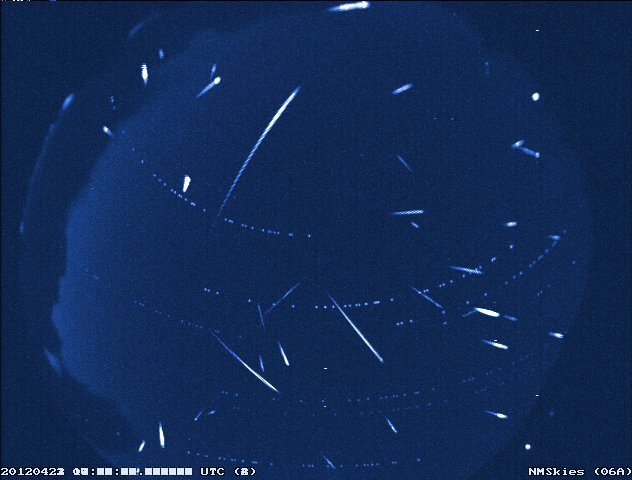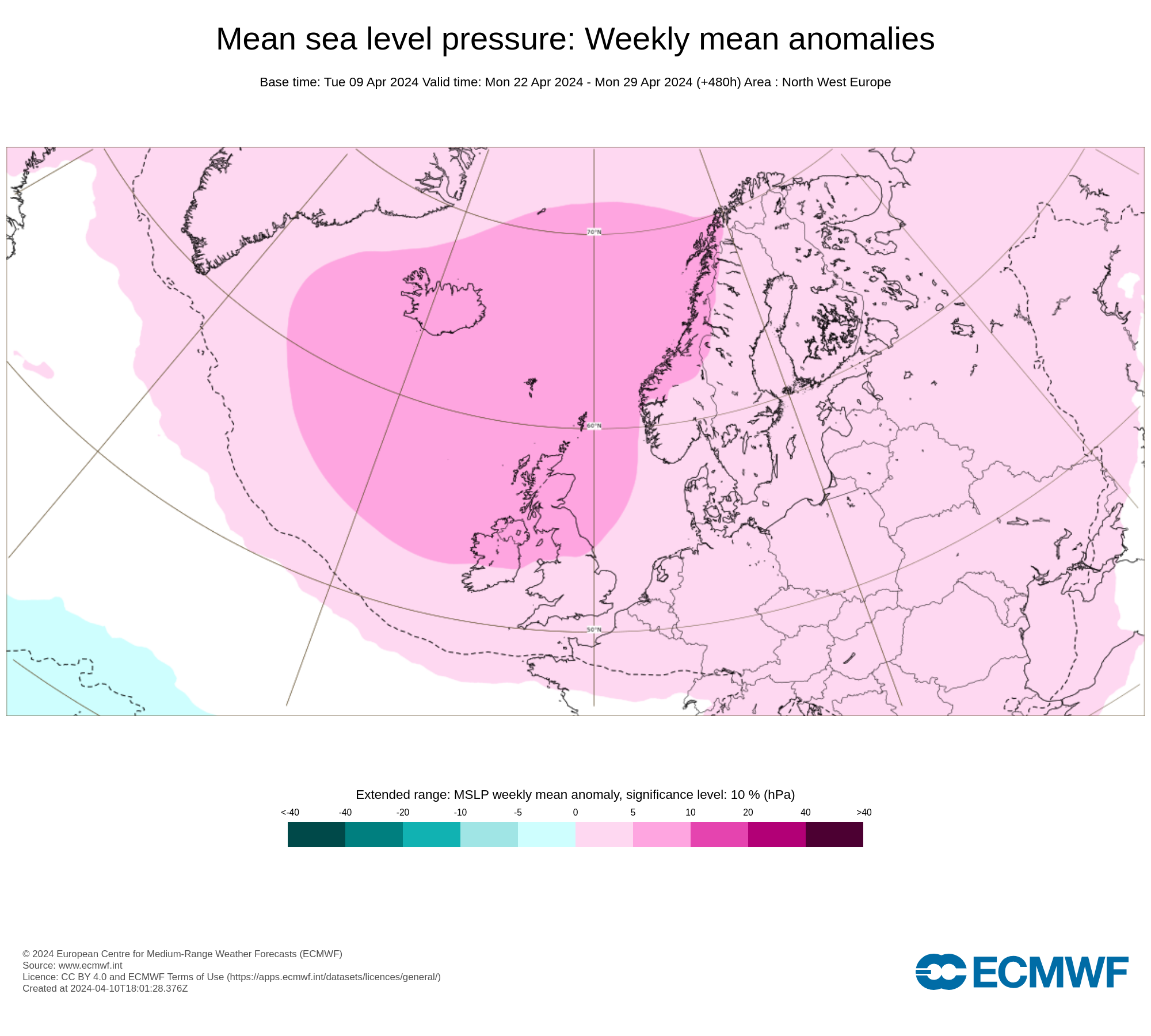Clear sky's across Ireland for Wednesday nights Lyrid Meteor shower which peaks this week
In 2021, the likely peak morning for the Lyrids is Wednesday night into Thursday morning, April21st/22nd across Ireland. But the mornings around that date might be good, too. The moon is waxing – staying out longer after dark each night – so you’ll want to watch the time of moonset carefully.
The annual Lyrid meteor shower is coming up. It’s the shower that always breaks the meteor drought that happens each year from January through mid-April. The Lyrids are active each year from about April 16 to 25. In 2021, we expect the shower to pick up steam beginning late at night Monday, April 19, probably peaking in the predawn hours on Thursday, April 22. The following morning (April 23) might be good too, if you’re game.
Composite image of Lyrid and not-Lyrid meteors over New Mexico from April 2012. Image via NASA/ MSFC/ Danielle Moser.
By April, after the months of meteor drought, many meteor-watchers are itching to get going! So – though they produce only 10 to 15 meteors per hour at their peak – the Lyrids are always welcome.
No matter where you are on Earth, the best time to watch is typically between midnight and dawn. Or this year, in 2021, the moon will be new on April 12. That means that – during the week or so the Lyrids will be at their best – your best viewing will likely come between moonset and dawn. By April 19, for example, a fairly bright moon will be back in the evening sky, but it’ll set before the peak predawn hours.
If you trace the paths of all the Lyrid meteors backward, they seem to radiate from the constellation Lyra the Harp, near the brilliant star Vega. This is only a chance alignment, for these meteors burn up in the atmosphere about 60 miles (100 km) up. Meanwhile, Vega lies trillions of times farther away at 25 light-years.
Yet it’s from Vega’s constellation Lyra that the Lyrid meteor shower takes its name.
The Lyrids have been known to have outbursts. For example, in 1982, American observers saw an outburst of nearly 100 Lyrid meteors per hour. Japanese observers saw around 100 meteors per hour in 1945, and Greek observers saw that number in 1922. No Lyrid outburst is predicted for this year, but you never know.
About a quarter of Lyrid meteors leave persistent trains. A meteor train is an ionized gas trail that glows for a few seconds after the meteor has passed.
The Lyrid meteor shower has the distinction of being among the oldest of known meteor showers. Records of this shower go back for some 2,700 years. The ancient Chinese are said to have observed the Lyrid meteors falling like rain in the year 687 B.C. That time period in ancient China, by the way, corresponds with what is called the Spring and Autumn Period (about 771 to 476 B.C.), which tradition associates with the Chinese teacher and philosopher Confucius, one of the first to espouse the principle:
Weather Forecast for Ireland for Lyrid Meteor Shower
WEDNESDAY NIGHT 21ST APRIL 2021
Overnight will be dry with good clear spell with temperatures between 1C to 5C coldest in the north and west where there will be the slight risk of a grass frost. A few fog patches may also form in places.
THURSDAY NIGHT 22ND APRIL 2021
Thursday night will be another dry night with clear spells across Ireland. Temperatures will range between 0C to 7C overnight with the slight risk of a grass frost over western and northern areas. It will be warmest across the south overnight and less cold. Some fog patches possible overnight.
You can find all the latest weather warnings and forecasts by downloading our app from the google play store by clicking below

















